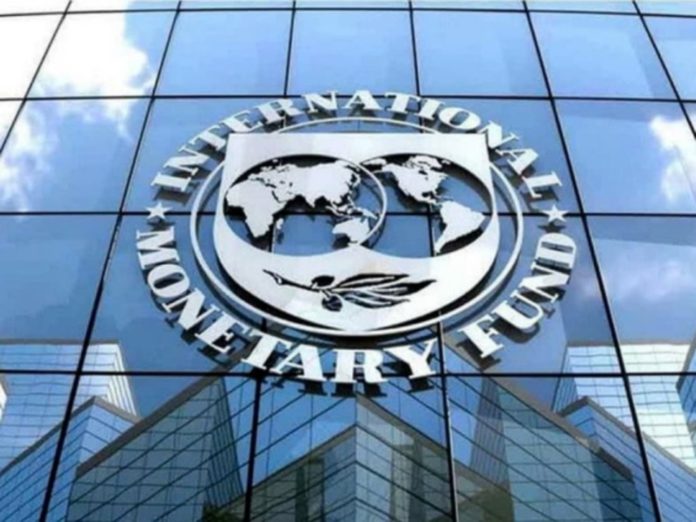The recapitalisation of banks is progressing, but credit risks have increased, the International Monetary Fund has stated.
The Washington-based multilateral institution, however, said the banking sector’s overall capital adequacy indicators have improved between December 2023 and June 2024.
About two-thirds of banks are now compliant with prudential capital adequacy standards without reliefs based on higher profits and capital injections—including from the Ghana Financial Stability Fund (GFSF) (GH¢4.9 billion) and private stakeholders.
Over the same period, however, it noted that the rise in NPLs outpaced nominal credit growth and the NPL ratio increased to 24.1% at end-June 2024 (18.8% at end-June 2023).
“While NPLs are heterogeneously distributed across banks, the underlying trends reflect the 2022 economic downturn, the impact of exchange rate volatility, and implementation of the findings of Bank of Ghana’s (BoG) review of banks’ asset quality”, it mentioned.
The Bank of Ghana disclosed in its Monetary Policy Report that despite an elevated non-performing loans (NPL) profile, the banking sector remains sound, well capitalized and liquid.
It pointed out that the banking sector continued to record improvements in performance with total assets growing by 42.4% to GH¢367.2 billion at end-October 2024, compared to 3.2% at end-October 2023.
Solvency indicators also improved, with the capital adequacy ratio (with reliefs) increasing to 11.1 (14.2 %) from 7.3% (13.4%) in October 2023.
Credit risk, however, remained elevated, with the NPL ratio rising to 22.7% from 18.3% over the review period.
ALSO READ:

